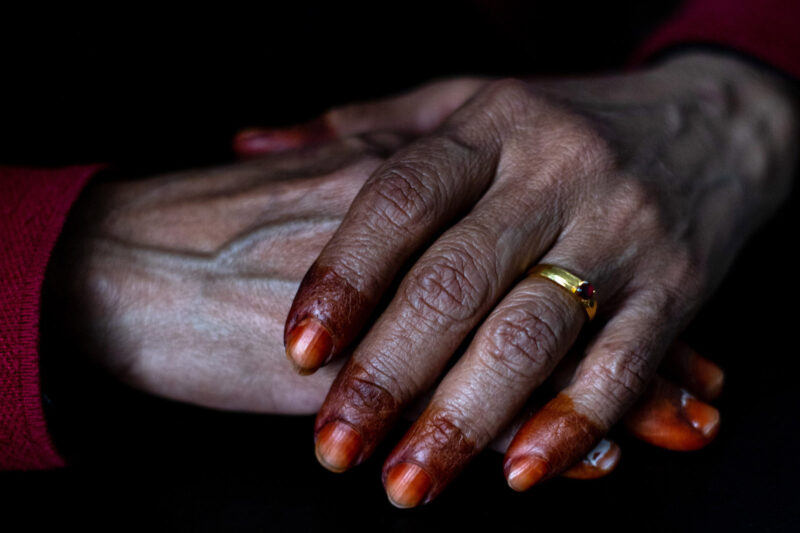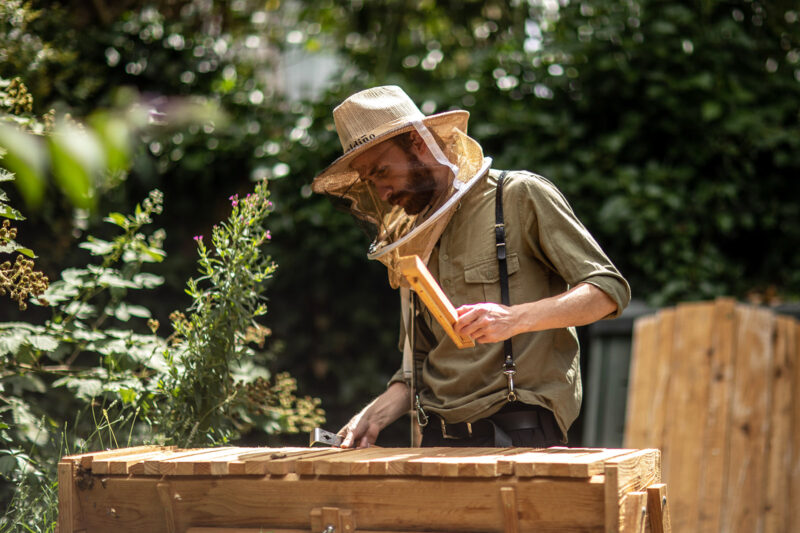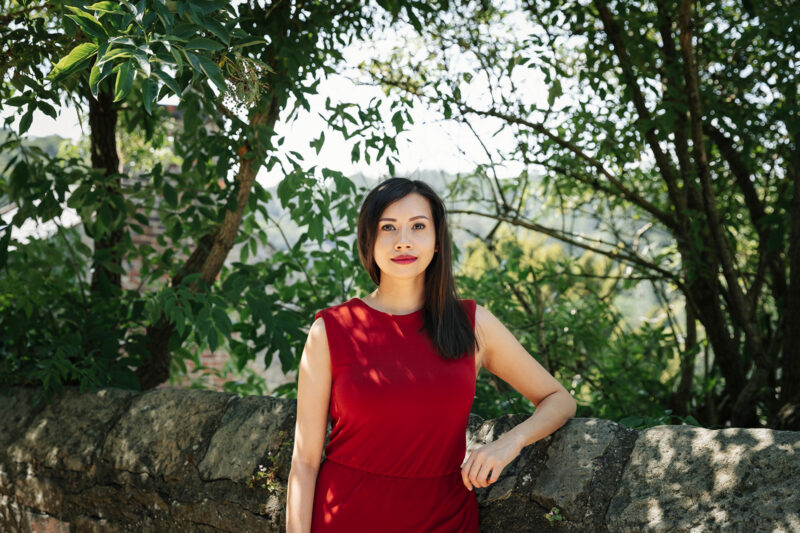From Entebbe to Stansted: the flight of Uganda’s South Asian community
An exclusive extract from The Exiled, which chronicles the arrival in the UK of thousands of South Asians expelled from Uganda by the military dictator Idi Amin in 1972
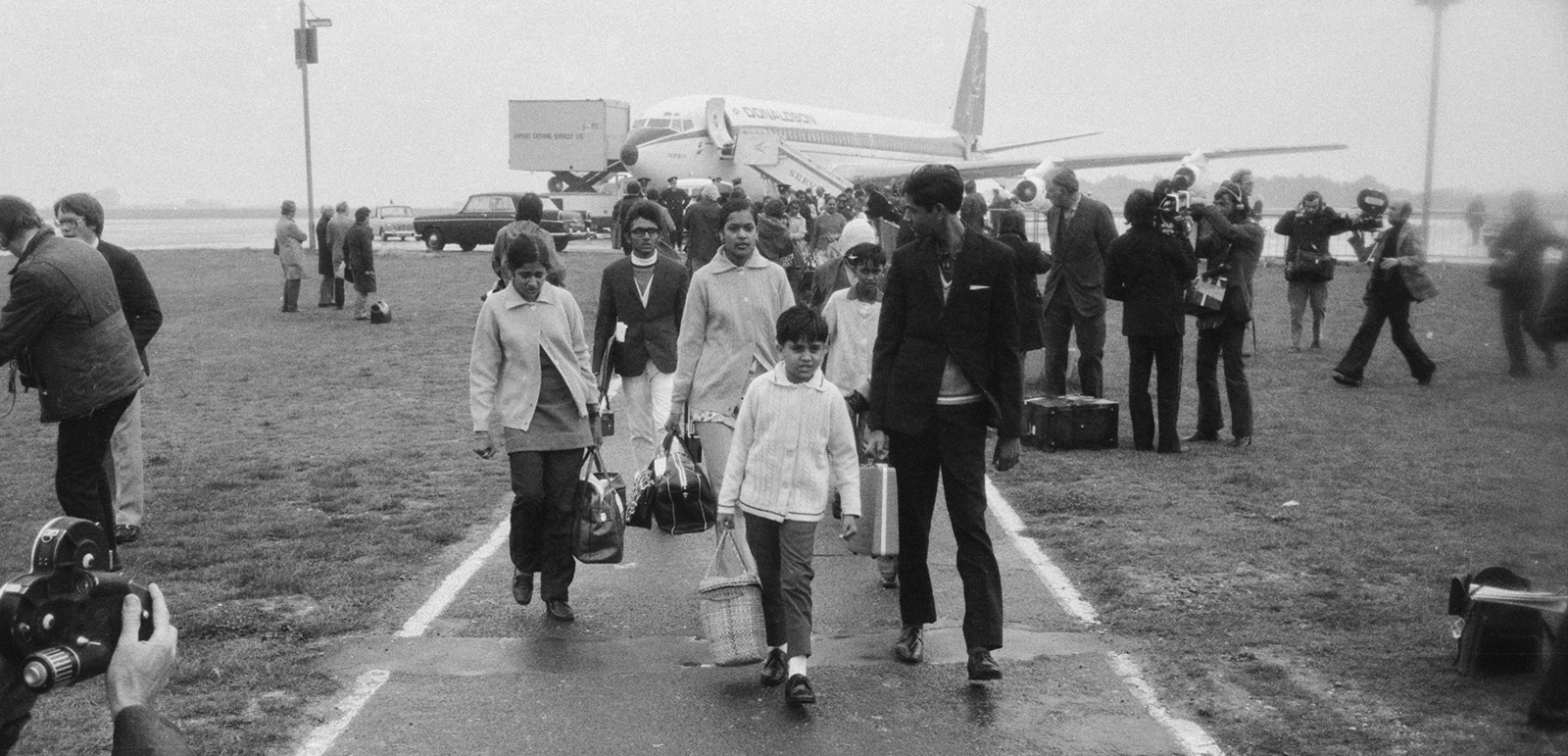
Circling down over London, Hamida Sumar pressed her face against the cool glass of the aeroplane window and peeked at the new life unfurling beneath the clouds below.
The bright green east African hills she had grown up with had been replaced by the grey skies and flat fields of southern England. Fourteen years old and on a plane for the very first time, she was bursting with excitement. Her parents’ faces, meanwhile, carried more worries. It was 2 November 1972, just six days before Ugandan military dictator Idi Amin’s final deadline for South Asians to leave the country, after which he had threatened everything from camp detention to chilling escalations of violence.
The Majothi family were some of the last people to flee the country they called home for three generations. Three months earlier, accusing South Asian entrepreneurs and business owners of sabotaging the nation’s economy, Amin had ordered the community’s wholesale expulsion, giving its members just 90 days to leave. As South Asians had been brought to Africa under the British empire and many held British passports, he insisted that the thousands forced to flee were the UK’s responsibility.
The Conservative government of Prime Minister Edward Heath, however, did not leap into action. Amin’s words had sent panic through Whitehall, with politicians fearful that accepting the arrivals would set a precedent to other former colonies across the world. This was, after all, the era of Enoch Powell’s Rivers of Blood speech, energy strikes, rising unemployment and growing anti-immigration sentiment. Accordingly, Westminster embarked on a diplomatic offensive seeking to resettle people anywhere else, before begrudgingly accepting responsibility.
Speaking to me above a shop in a bustling street in the suburb of Easton in Bristol, where she now lives, Hamida, 64, smiled beneath her headscarf at the memory of her journey. “I was excited, believe me. I was young, so I didn’t realise where we were going or how we would do things. I was just excited to come to the UK,” she said.
Far from fearing the unknown, her mind was filled with idyllic images of the country gleaned from films and postcards sent to her by friends from Uganda who had moved to Britain earlier. Those messages told seemingly magical tales of ice skating, snow and roaring fires. Although she could sense her father’s nerves, Hamida remained optimistic. “I thought it would be OK — we’d manage somehow,”she said. “I didn’t give it deep thought.”
As the planes’ wheels lifted off from Entebbe airport, Hamida recalls some passengers breaking out in cheers of relief, knowing they were heading to safety. Others relaxed only once they were sure they’d cleared Ugandan airspace. For her and other children, the journey itself was an adventure, full of the new experiences of being airborne, running down the aisles and into their seats, squeezing each other’s hands as their stomachs flipped when air pockets bobbed below them, eating their first food at 35,000 feet and being fussed over by everyone around them.
“I was over the moon when I went on the plane,” Hamida said. “The air hostesses were so good to us. They spoiled us, because we were kids and going through all that. So it was a nice experience for me.”
For her older brother Abdul, then 17, enthusiasm also reigned over pragmatism. “I’d always thought I wanted to visit England one day, and here I was actually going there – but not realising that I’m going as a refugee,” he recalled.
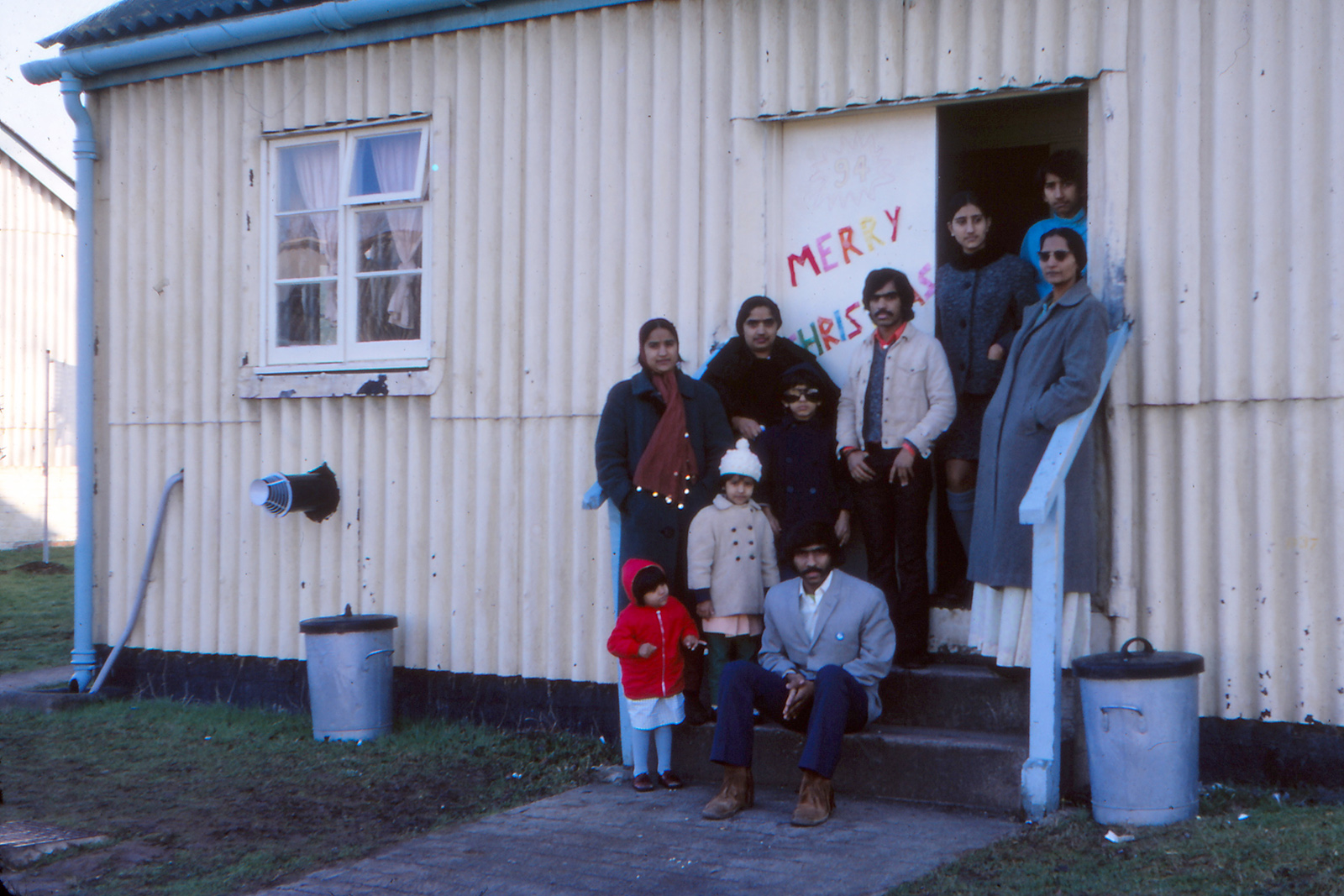
As they stepped on to the tarmac at Stansted Airport, however, the setting sun allowed the winter chill to descend over them, the impracticality of their old wardrobes marking the distance they had travelled.
The Majothi family arrived in the UK almost two months after the first specially chartered flight carrying displaced Ugandan Asians touched down in Essex. Black and white photographs of those initial arrivals have become the defining images of the exodus.
Families are seen walking off a plane, standing in lines on the tarmac at Stansted, holding small bags and briefcases with all that remained of their material lives packed inside. Met by swarms of reporters and television crews, passengers told tales of high-octane journeys out of Kampala and of robberies.
Kassem Osman, who arrived with his wife, two brothers and their families, told the BBC they had been stopped by soldiers seven times on the way to the airport and held at gunpoint. Another arrival, a retired government clerk, reported that a gold watch had been taken off his wrist and “every piece of Ugandan money stolen from my wallet”.
After Britain’s eventual acceptance of its passport holders, preparations had begun to receive them. At the helm was the Uganda Resettlement Board, which was set up in late August as a collaboration between the Home Office, the Department of Environment and the Ministry of Defence. Its remit, as described to parliament, was to “plan the smooth and orderly reception of those who need to come to Britain and to ensure the widest possible dispersal throughout the country”.
The first of hundreds of evacuation flights from Entebbe landed at Stansted at 9.30am on 18 September. The 193 people on board were met by the board’s chairman, Sir Charles Cunningham. Some flights were also greeted by protesters waving placards telling the arrivals to go back to where they had come from.
Britain faced an airlift of around 35,000 Ugandan Asians with British nationality, who had to fly at a rate of 700 a day to meet Amin’s deadline. Speaking in the Commons a month later, Home Secretary Robert Carr confirmed that nearly 15,000 refugees had come since that initial flight, 8,500 of whom were being sheltered by the Uganda Resettlement Board across a number of sites. For most arriving families, their first encounter with the Resettlement Board came in the form of the volunteer reception teams who greeted them at the airport, checking their welfare and ushering them on to buses heading off into the night. Ugandan Asians who had come to the UK earlier also pitched in with reception work and interpreting at camps.
For those with relatives or friends to collect them, the journey was simpler — but for tens of thousands who had been rendered stateless and homeless, temporary accommodation beckoned. While those on the first flight to the UK were taken to a disused RAF base at Stradishall in Suffolk, the main reception centre owing to its proximity to the airport, the Majothis had a longer journey ahead of them.
From the very first flight, from which 103 of the 193 passengers had nowhere to go, the Resettlement Board realised that many more people would be arriving than expected and that few of them would have onward travel plans. Accordingly, its mission was rapidly expanded.
The exodus differed from the usual migratory pattern from East Africa, where the head of a family would usually travel first to get things set up for their wives and children, and whole families were landing together, helpless. The board needed to pivot from offering brief transit stops of a night or two to facilitating longer-term accommodation while they found their feet.
Local resident Alan Cordy, then 17, can still recall the surprise he felt at seeing streams of people in brightly coloured clothes at Stradishall. Driving past the base he saw “so many displaced people. They looked lost. They were lost, weren’t they, at the end of the day? It’s stayed with me.”
Between September and November, as Stradishall started bursting at the seams, 15 further camps opened. In November 1972, at the peak of the migration, just over 13,000 people were housed across all the available facilities. Somerset was home to two of them: Houndstone in Yeovil and Doniford in Minehead.
Driving into the night, leaving the lights of London behind and heading west down the M4, the five Majothi children gazed wide-eyed into the dark, winding through country roads to Minehead. After some 24 hours travelling by car, plane and coach, Abdul, Saleem, Yunas, Hamida, Rashid and their parents arrived at Doniford.
It was a former RAF site set along the west coast of England. Fierce winds cut in across the Atlantic and fog regularly descended over the camp. The arrivals were to be housed in former barracks: a collection of white wooden buildings on stilts, which had been partitioned off inside to house multiple families, with a capacity of more than 1,100.
Reporting from nearby Houndstone, local television news described the registration process and medical checks, while showing images of the arrivals disembarking from coaches.
“One major problem facing the Asians is the drastic change in climate. One of the busiest places on the camp is that handing out warm clothing and, of course, a few sweets for the children,” said journalist John Doyle during a broadcast at the time.
It was a dramatic change of circumstances for the people housed there, many of whom had, under threat of persecution and death, fled affluent, middle-class lives in Africa to find themselves in draughty, damp cabins, unsure of what the future held or how welcome they would be.
The Exiled by Lucy Fulford is published by Coronet
 Newsletter
Newsletter




